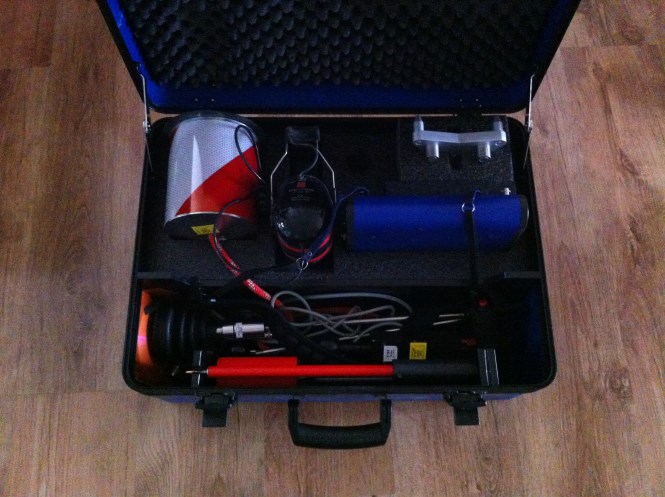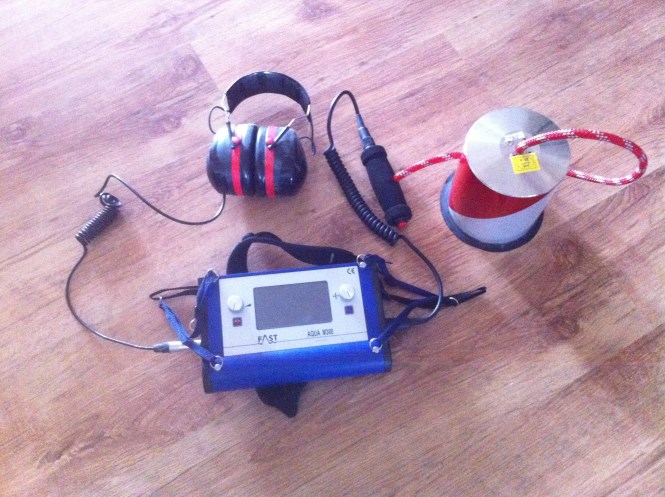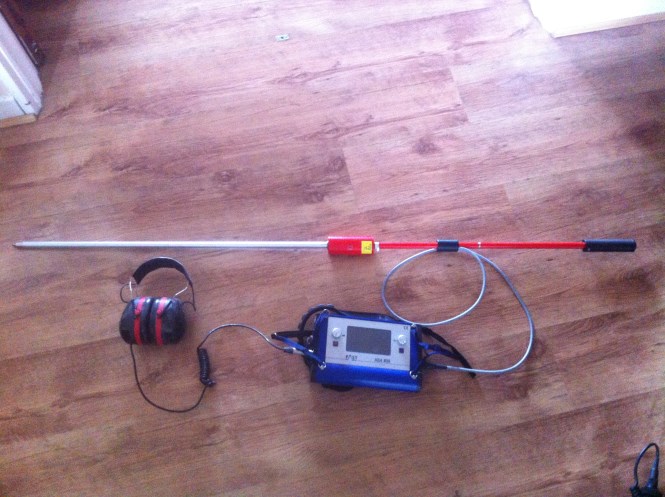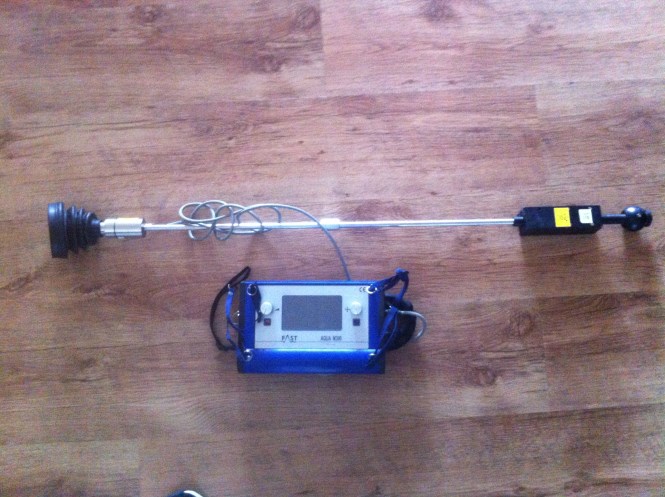Leaks on lead water pipes
/During the course of leak detection and repair we have come across lead pipes in all parts of the country. There are some areas in Dublin where we would expect to find the main supply pipe to be constructed of lead ie. Clontarf, Drumcondra, Sandymount and Ballsbridge.
What does a lead water pipe look like?
As you can see from the video above the pipe is grey in colour, if you scrape it with a knife you will find that the metal is soft and shiny. As most of the service pipe is buried underground it is possible that it could be lead even if you see plastic or copper rising up to the internal stopcock.
Leaks Ireland carried out a leak detection survey on a house in Trim and discovered the leak below. The home owner had informed us that they had the builder bring in a new Hydrodare supply 2 years previously when the house got a full renovation. On excavation of the leak we found that the lead had not been fully replaced as shown in the top left hand corner of the photo.
Pipes before and after repair, you can see the lead at the top of the photo.
More examples of leaks on lead pipe
The leak was quantified at losing 36,000 litres/day. It was particularly difficult to pinpoint as we were to find out later. We picked the best spot to excavate and landed right on top of the leak.
This we repaired by putting in a new section only to find that it was leaking back further, this 2nd leak was repaired and again we discovered a 3rd leak on further again.
At this point we decide that it was best to run a new pipe into the property and decommission the lead pipe.
At a commercial property in Longford town, this was a pretty easy and quick leak to pinpoint due to the high level of leak noise at that shallow depth.
This leak was located using a combination of acoustic sounding and leak tracer gas. The pipe was an old lead service pipe that was not in use. To remedy the leak we cut the pipe and installed a plastic blank.
Conducting leak surveys on lead pipe are not any more difficult that the newer pipes available. The repair of a leak on the lead pipe is easier due to the ease at which it bends, which also leads to less pipe been exposed, therefore a smaller hole to be excavated.










